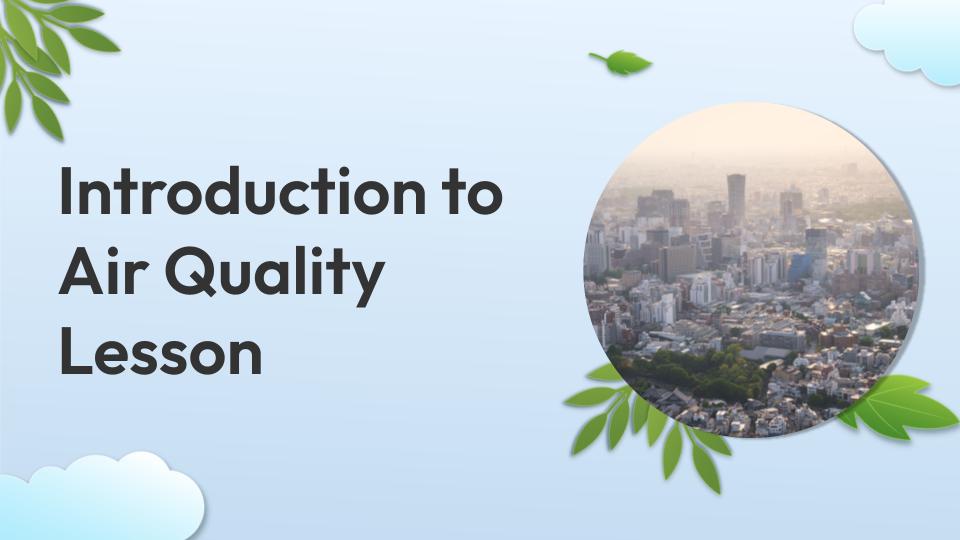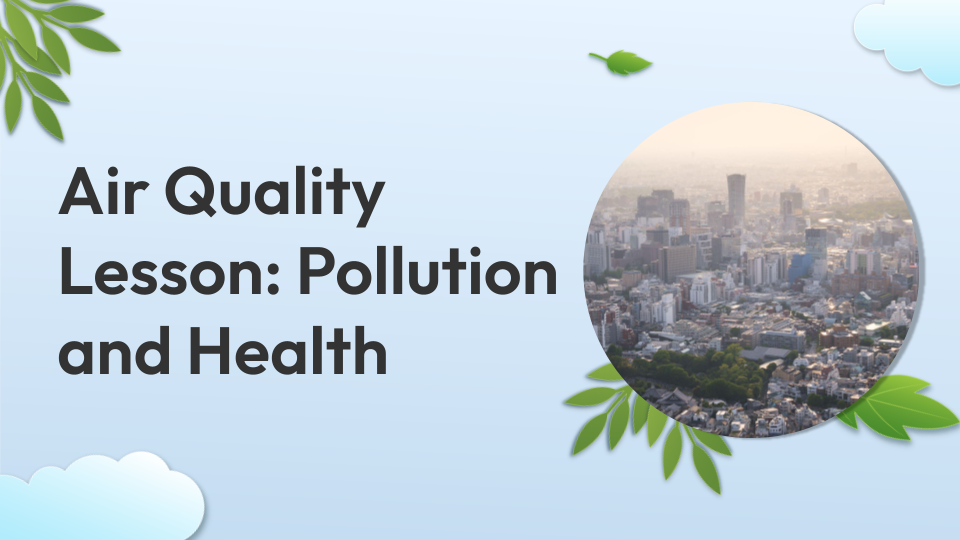


This lesson introduces African environmentalist Wangari Maathai and links deforestation with the concepts of governance, poverty, and income opportunities for women in Kenya.
Step 1 - Inquire: Students watch a video explaining ways to monitor the world's forests. Next, students explore the Global Forest Watch Interactive Map showing the health of the world's forests.
Step 2 - Investigate: Students watch a video about Wangari Maathai & The Green Belt Movement. Students answer guided questions as they watch the video.
Step 3 - Inspire: Teacher reads Wangari Maathai’s version of the “hummingbird story.” After listening, students write pledges about how they can contribute to restoring our Earth.










.jpg)






.jpg)
.png)
.png)
.png)
.jpg)







